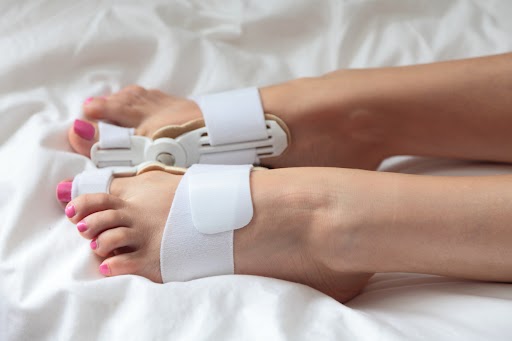Gout, a type of arthritis characterized by severe pain, redness, and tenderness in the joints, often attacks the big toe but can affect other joints as well. It results from an accumulation of urate crystals within the joint, leading to intense pain and inflammation. While medications are essential for managing gout, several home remedies for gout can provide relief. Here are five effective methods for easing gout pains at home.
1. Stay Hydrated
Importance of Hydration
Proper hydration plays a crucial role in managing gout. Drinking plenty of water helps dilute uric acid levels in the blood and encourages the kidneys to eliminate excess uric acid through urine. This can prevent the formation of urate crystals and reduce the frequency and severity of gout attacks.
Practical Tips
- Drink Water Regularly: Aim for at least 8-12 glasses of water a day. Adjust this amount based on your activity level, climate, and overall health.
- Monitor Fluid Intake: Keep a water bottle with you and set reminders to ensure consistent fluid intake throughout the day.
- Avoid Dehydrating Beverages: Limit or avoid alcohol and sugary drinks, as they can increase uric acid levels and trigger gout attacks.
2. Dietary Adjustments
Foods to Avoid
Certain foods are high in purines, which the body breaks down into uric acid. Reducing the intake of these foods can help manage gout symptoms:
- Red Meat: Beef, lamb, and pork are high in purines.
- Seafood: Shellfish, sardines, and anchovies should be consumed in moderation.
- Sugary Foods and Beverages: Reduce the intake of foods and drinks high in fructose.
Foods to Include
Incorporating foods that help lower uric acid levels can be beneficial:
- Cherries: Rich in antioxidants and anti-inflammatory properties, cherries can help reduce gout flare-ups.
- Low-fat Dairy Products: These can help reduce uric acid levels.
- Whole Grains, Fruits, and Vegetables: These are low in purines and support overall health.
3. Cold Compresses
Benefits
Applying a cold compress to the affected joint can significantly reduce gout pain and inflammation. Cold therapy numbs the area and constricts blood vessels, which helps decrease swelling.
How to Use
- Ice Pack: Wrap an ice pack or a bag of frozen vegetables in a cloth and apply it to the affected joint for 15-20 minutes.
- Repeat: Use the cold compress several times a day, especially during a gout flare-up.
4. Elevation and Rest
Importance of Rest
Resting the affected joint is crucial during a gout attack. It helps reduce pressure on the joint, which can minimize pain and inflammation. Elevating the joint can further assist in decreasing swelling.
Practical Steps
- Elevate the Joint: Use pillows to elevate the affected joint above the level of your heart. This helps reduce swelling by promoting drainage of excess fluids.
- Limit Movement: Avoid putting weight on the affected joint. Use assistive devices like crutches if necessary to keep pressure off the joint.
5. PEMF Therapy Device
What is PEMF Therapy?
Pulsed Electromagnetic Field (PEMF) therapy uses electromagnetic fields to stimulate and repair damaged tissues and bone, alleviate pain, and reduce inflammation. It’s a non-invasive treatment that has shown promise in managing various conditions, including arthritis and gout.
How PEMF Therapy Helps Gout
PEMF therapy can provide significant relief for gout sufferers by:
- Reducing Inflammation: The electromagnetic pulses help reduce inflammation in the affected joint, providing pain relief.
- Enhancing Circulation: Improved blood flow aids in the removal of uric acid from the joints.
- Accelerating Healing: PEMF therapy promotes the body’s natural healing processes, potentially shortening the duration of gout attacks.
Using a PEMF Device
- Home Devices: Many PEMF devices are available for home use, making it convenient for regular treatment.
- Application: Follow the manufacturer’s instructions for application times and frequencies. Typically, sessions last from 10 to 30 minutes and can be done several times a day.
Easing gout pains at home involves a combination of lifestyle changes, dietary adjustments, and innovative therapies like PEMF. By staying hydrated, managing your diet, using cold compresses, resting and elevating the affected joint, and utilizing PEMF therapy, you can effectively manage and reduce the pain and inflammation associated with gout. Always consult with a healthcare professional before starting any new treatment to ensure it’s appropriate for your specific condition.
